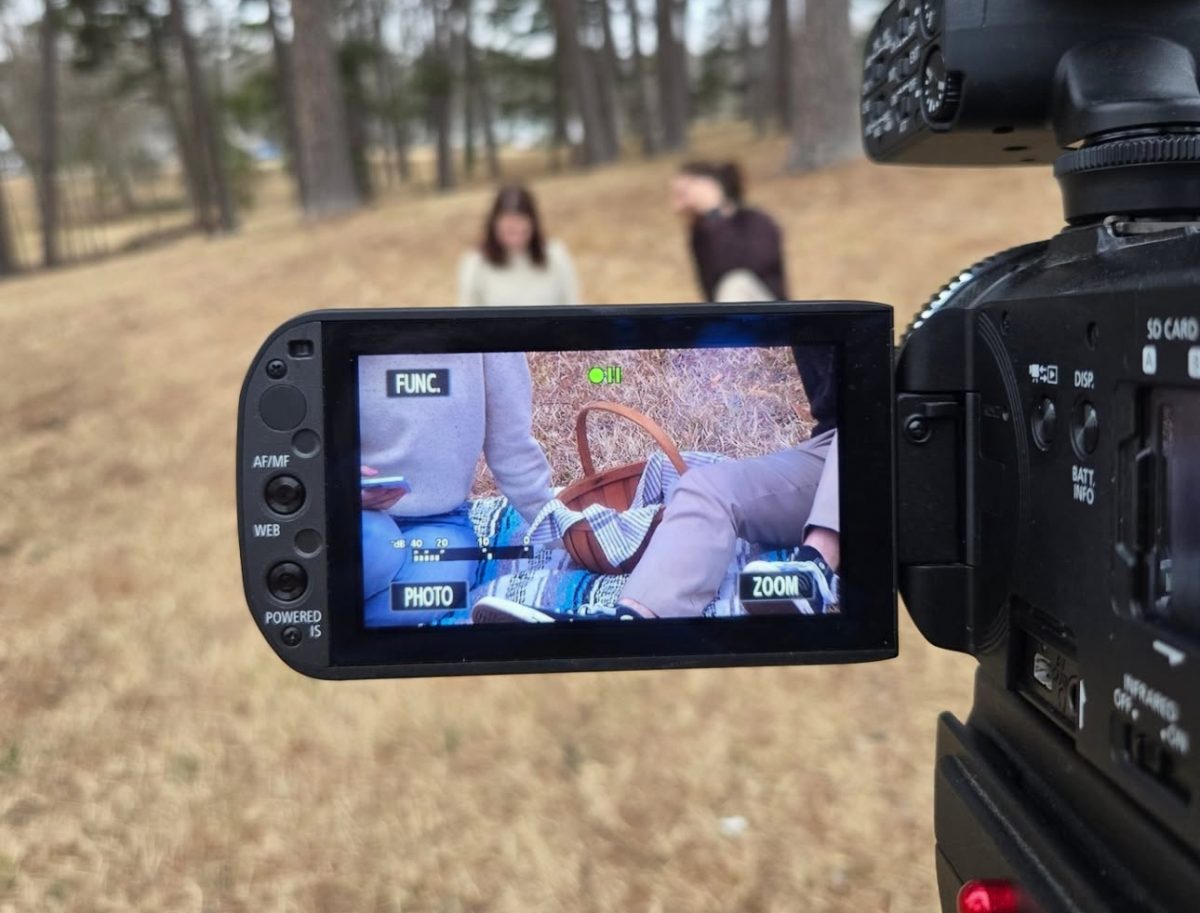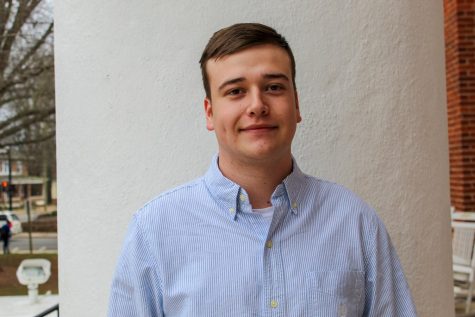The Question Many Students Debate: Why Vote?
April 1, 2020
The process of voting in the United States has a tumultuous history. There were times in American history where most of the country’s population was excluded from voting in elections on local, state, and national levels.
In colonial times and after the founding of the United States, white landowners were the only citizens who were able to vote. Following the American Civil War, non-white men gained the right to vote, but many of the African American men who lived in the South were unfairly prevented from voting by poll taxes and literacy tests.
Women didn’t gain the right to vote until 1920, almost 60 years after racial minorities earned the right to vote. In the South, white women were allowed to vote but there were still measures that were in place to prevent racial minorities from exercising that right.
After years of voter suppression and violent clashes, the barriers that minorities faced were lifted when Lyndon Johnson signed the Voting Rights Act of 1965. The act guaranteed that every adult in the United States should be able to vote no matter their race or beliefs.
During the Vietnam War, questions were raised about the voting age in the US. The voting age was 21 during the Vietnam War, while the age for the draft was 18. Many young men thought that the possibility of being drafted without being able to vote for the war was unfair. This led to the addition of the 26th Amendment to the US constitution in 1971, that declared that preventing someone that was over the age of 18 from voting was illegal.
With the effort that has been exerted to assure that no one of voting age will be denied the right to vote, one might assume that a vast majority of adults would exercise their right. This is not the case, however. Census data shows that only 53.4 percent of the population voted in 2018.
Voter turnout among young voters in the United States has always been low. Data shows that shortly after the ratification of the 26th amendment, only 21 percent of voters were between the ages of 18 and 24. This demographic, known as the youth vote, has historically had low turnout even after the Voting Rights Act and the 26th amendment came into effect.
There have been many guesses as to why young people have shown so little interest in voting. Many of the potential young voters do not vote because they feel that their vote is outweighed by the votes of others. Dr. Joshua Sperber, a professor of political science at Averett, expanded on why this belief is common.
“The fact is that representation is distorted in our system and part of this is attributable to the electoral college, in which smaller states have dramatically more influence than larger states,” Sperber said. “Nevertheless, voting is not meaningless, although I encourage students to critically consider just what the meaning of voting is.”
The trend of the youth vote being absent is starting to change. Census data says that turnout increased among all age demographics for the 2018 midterm elections. Voters turnout for ages 18 to 29 went from 20 percent to 36 percent from the 2014 elections. The 79 percent jump in that age group companied by increases in every other age group lead to the highest voter turnout in decades.
This increase in youth vote turnout has political scientists waiting to see the results of the election in November. Articles have appeared on the Washington Post and NPR websites predicting that the youth vote this election will be greater than the turnout of the 2018 midterms.
Potential issues have arisen since the publication of these articles that might cause the turnout to decrease. No one knows how the COVID-19 virus is going to affect the elections in November. The reaction to the pandemic is sure to influence public opinion, but experts are unsure of the effect that it will have on the election process in the Fall.















